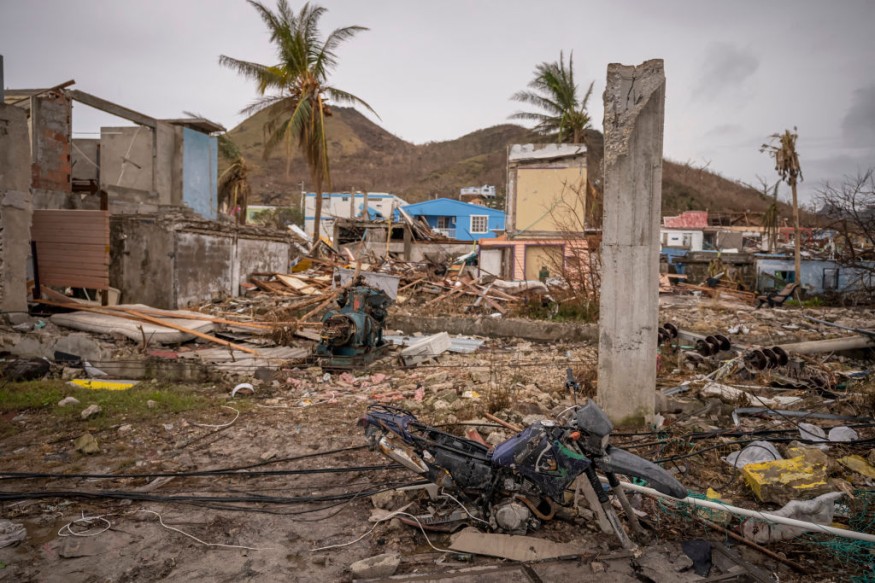According to an analysis that gives the first evaluation of wind risk in an era of climate change, more than 32 million properties on the Atlantic and Gulf coasts are at risk of hurricane wind damage.

In its annual study on storm risk, real estate analytics firm CoreLogic Inc. stated that the at-risk homes have a total worth of $8.5 trillion.
Property Risk Analysis
CoreLogic, a major property risk analyst, has previously calculated solely possible storm surge damage from storms in its hurricane reports. According to CoreLogic, storm surge is less of a concern than wind, which estimates that $1.9 trillion in property might be damaged by storm surge during the Atlantic hurricane season, which officially began yesterday.
"It's critical for people to understand: Is this a dual danger, or should I be concerned more about the wind?" Tom Larsen, the CEO of CoreLogic, echoed this sentiment.
Vulnerable Properties

Most properties that are vulnerable to storm surges are also vulnerable to hurricane wind damage.
The possibility of wind damage has significant ramifications for insurance firms, as wind damage is covered by conventional home policies. Flood damage, on the other hand, is typically excluded from most homeowner insurance, forcing many individuals to purchase supplemental insurance to cover flood damage.
According to the CoreLogic analysis, "as storms get more powerful, property losses will continue to rise, and the insurance sector will face significant financial implications."
Worsening Storms

As storms produce more rainfall and sea levels rise, storm surge becomes more intense, and climate change and development patterns increase property destruction. According to CoreLogic, weather-related losses in the United States have climbed by 70 percent to 90 percent per decade since the 1980s.
The paper states, "And this tendency isn't slowing." "As climate change continues to alter the behavior of storms, the danger in these hurricane-prone locations will grow."
Metropolitans in Risk

People shifting from "expensive metropolitan regions to high-risk, more cheap coastal locales" is also contributing to the rising damage. "These locations are often low-lying, hurricane-prone, and especially vulnerable to climate-related variables such as sea-level rise, significant rainfall events, and probable increases in hurricane intensity," says the report.
According to CoreLogic, the New York City metropolitan region, which includes sections of New Jersey but not Long Island, continues to be the most financially vulnerable to hurricane damage, with $1.7 trillion in property at risk. That's more than quadruple the $555 billion in property at risk in Miami, which comprises the counties of Miami-Dade, Broward, and Palm Beach in Florida.
Six of the ten metropolitan areas with the highest storm risk are in Florida. Tampa, Fort Myers, Bradenton, Jacksonville, and Naples are among the cities at risk, in addition to Miami.
Danger Assessment

New Orleans, which is rated; third, Virginia Beach, Va., ranked fifth, and Houston, which is rated eighth, round out the top ten.
According to the survey, urban regions confront a variety of dangers.
Storm surge and hurricane winds are expected to wreak about equal levels of damage in New Orleans.
On the other hand, hurricane winds are expected to produce roughly nine times the amount of property damage as storm surge in Houston.
According to CoreLogic's Larsen, Houston is around 12 miles inland. "During Hurricane Ike in 2008, we observed how wind can go further inland and have a significant impact on houses. Storm surge, on the other hand, will predominantly affect the coastal area."
"The residences are a lot closer to the ocean and more vulnerable" to storm surge in New Orleans.
For more climate and weather updates, don't forget to follow Nature World News!
© 2025 NatureWorldNews.com All rights reserved. Do not reproduce without permission.





